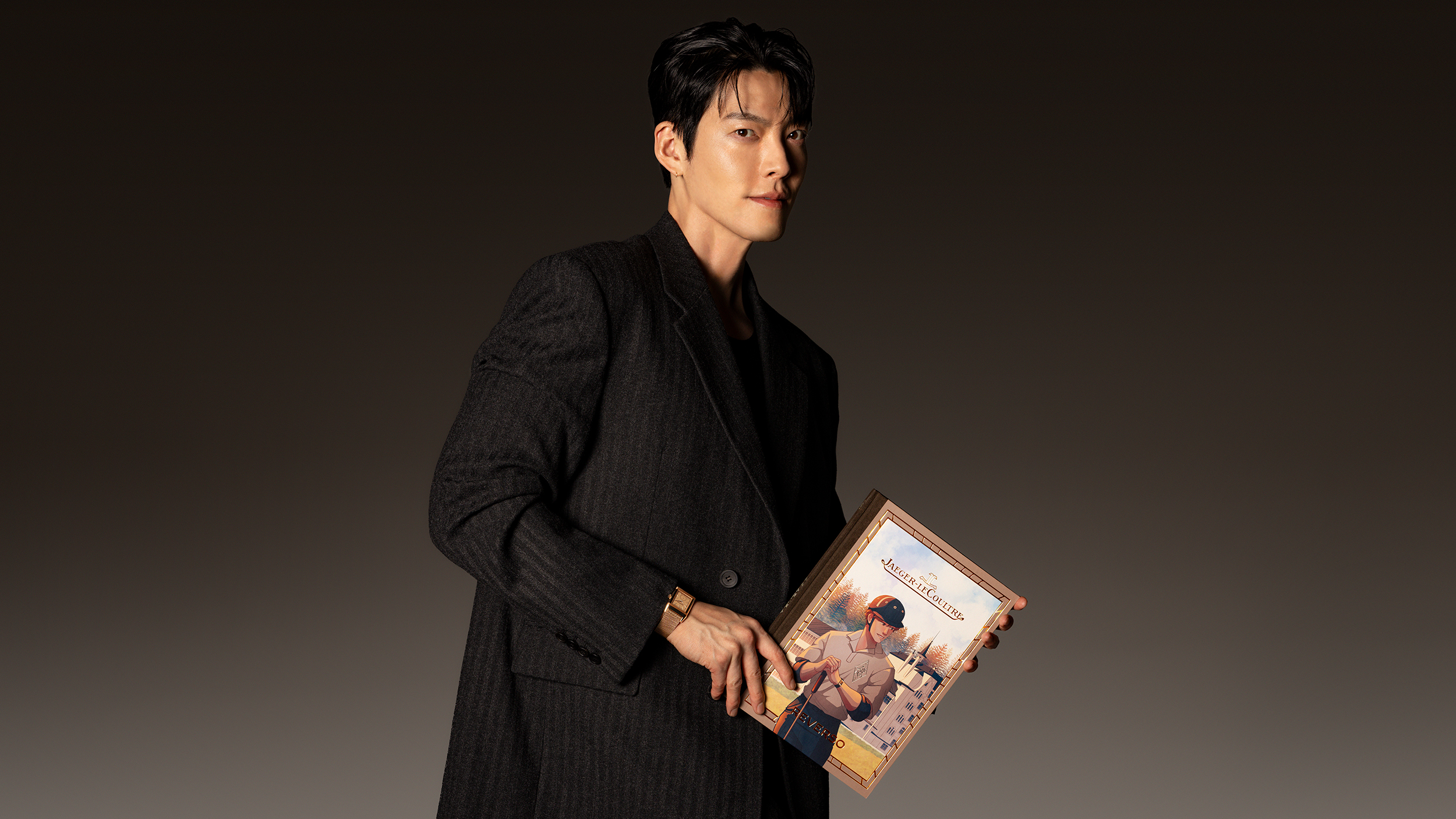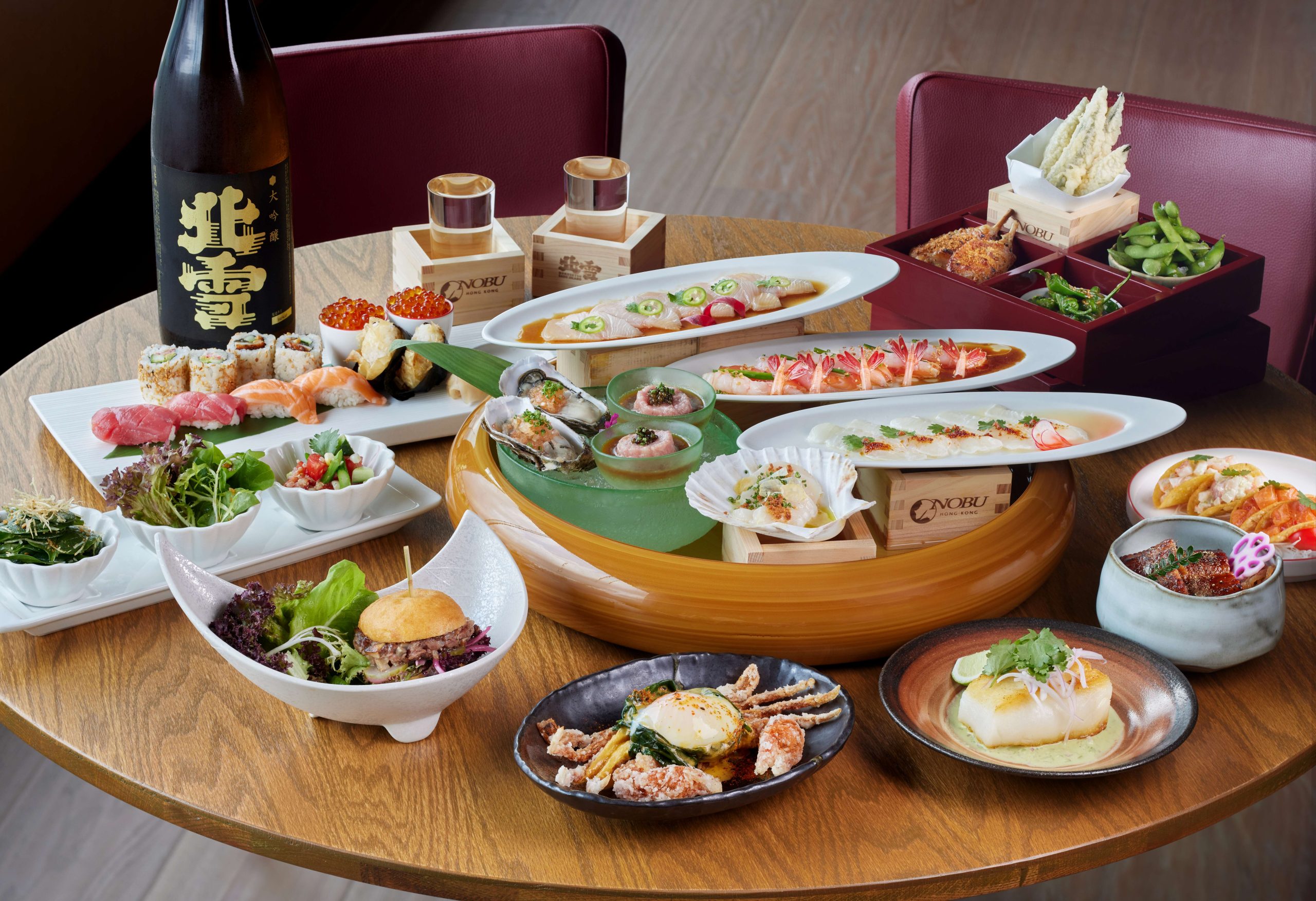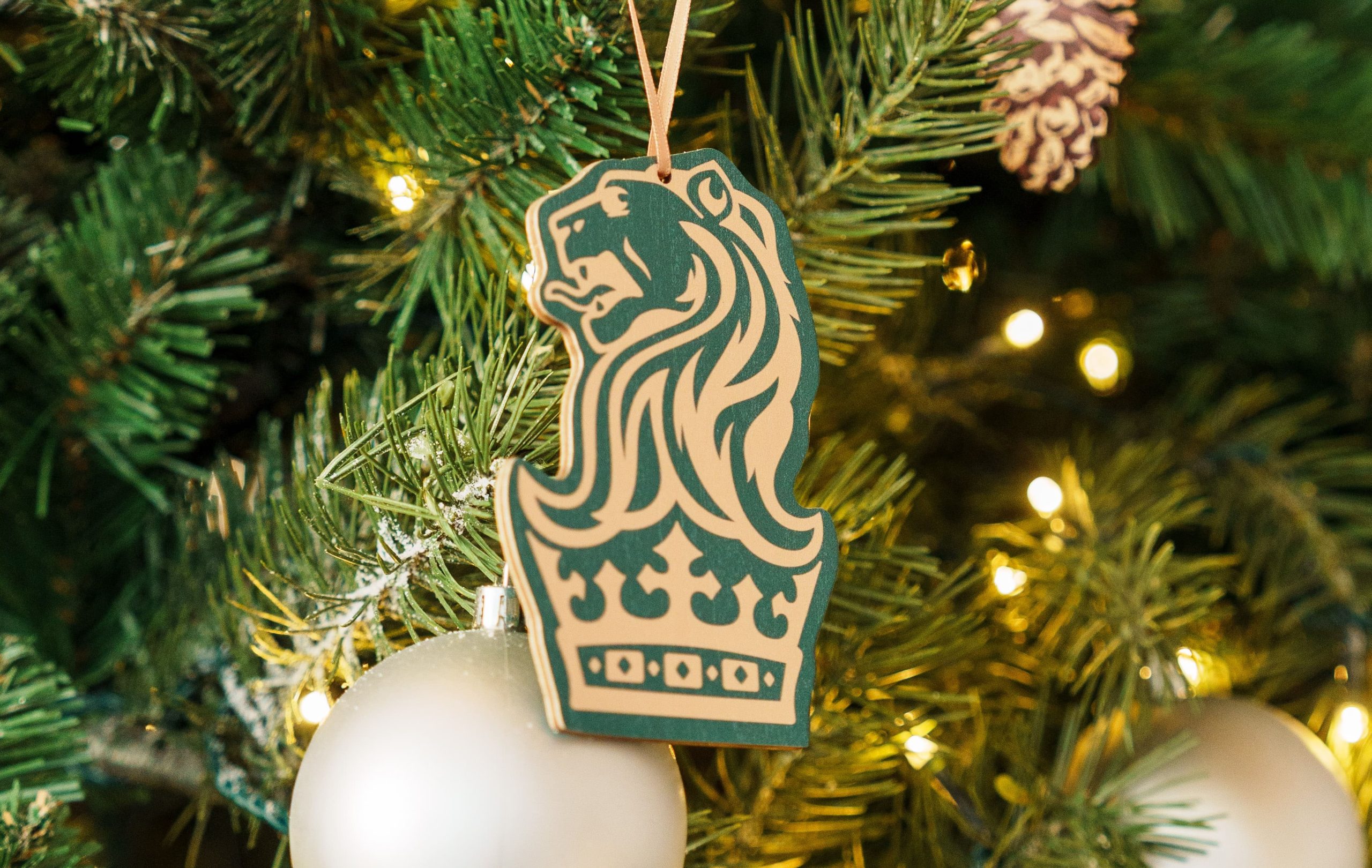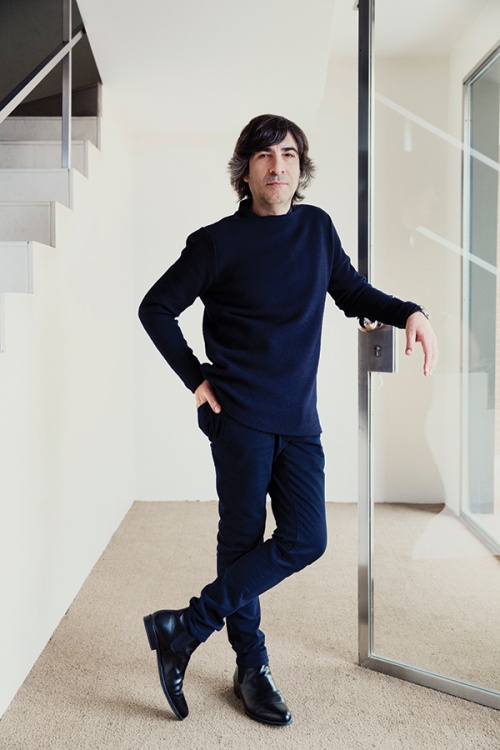
A flat sandal studded with Swarovski crystals for evening wear, frayed silk satin on classic silhouettes and the contrast of utilitarian olive green on an irreverent ruffle: it’s the unexpected twists in experimentation that have become the Pedro Garcia brand’s signature. Having joined the family business in 1991, Pedro Garcia, the grandson of the label’s founder, has focused on shaping the brand’s identity and philosophy, and on infusing surprising details into signature styles.
“Why can’t flip-flops with anatomic innersoles be as subtle as high-heeled sandals?” Garcia says. “Why not combine delicate crystal straps with a comfortable foot bed?” He is speaking about an idea he had more than 15 years ago to design two flat sandals that took an extremely simple foot bed silhouette and incorporated Swarovski crystals. “They represented a new, more contemporary take on crystals as decoration,” he says.
The styles are still produced today, while Garcia has continued along this successful path, putting crystal adornments on heels and wedges. Now, in celebration of the brand’s experimentation with the material,
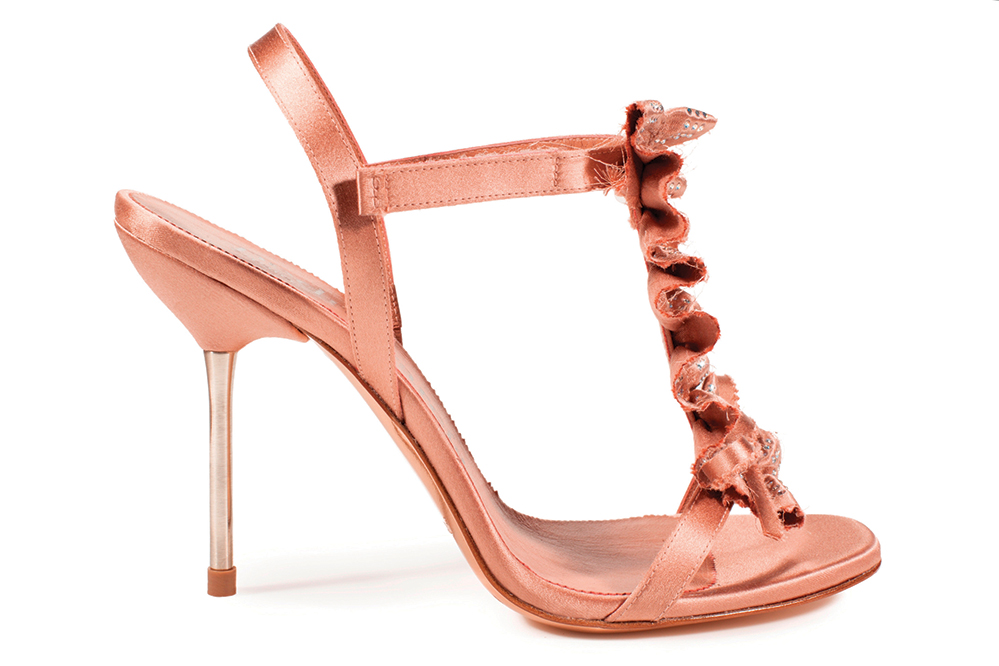
Pedro Garcia has launched the capsule collection, aptly titled A Sparkling Affair, and available this month at Lane Crawford branches in Canton Road and ifc Mall in Hong Kong, in Shanghai Times Square and in Seasons Place in Beijing, displayed in spaces specially designed by Lane Crawford Blitz and New York design agency 2×4.
“As designers, we have looked for surprising new ways of incorporating crystal into our designs, allowing us to formulate our own set of rules,” Garcia says. “We were pioneers in using them on sandals with anatomical foot beds, and suggesting them for daytime wear.”
Garcia argues that it’s not the height of a shoe that determines whether the style works for day or night. He views the matter from a different perspective. “We think that a shoe usually considered to be evening wear can also be worn during the day,” he says. “Think party, wear daily. A flat can fit the dress code just as well as a heel. It all depends on the design and how it’s worn.”
Garcia’s thinking is the result of his unique mixture of experiences. He and his sister, Mila, formally joined the family business only in the early 1990s. But, in some ways, he had been preparing for his role in the business his entire life. “It was a very natural process, and although I remember rather begrudgingly accepting those first summer internships at the factory, I later realised they were a necessary experience to help me decide whether or not I wanted to continue with the company,” he says.
“Then came the academic training period in Milan and FIT in New York and, after that, in 1991, our father invited Mila and me to join the company as it entered a new phase. Building a business on the scale we envisioned called for a huge effort and investment from all of us, but we agreed to undertake the venture together.”
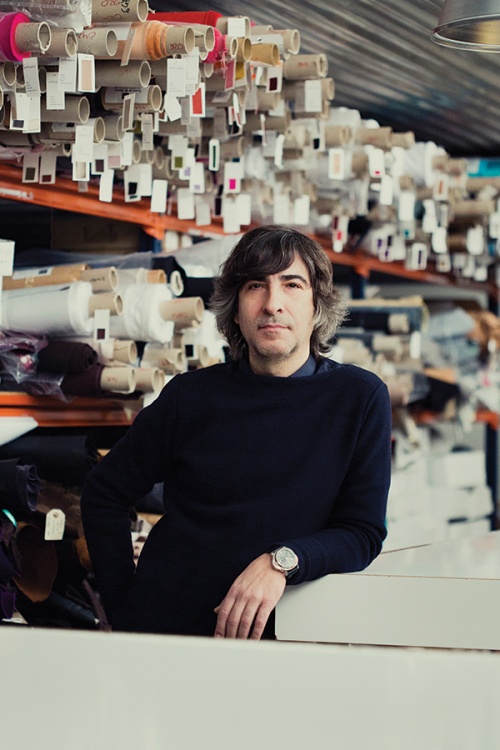
His sister is chief executive and Garcia is the brand’s creative director. He works together with Dale Dubovich, who has been his design partner since they were students in New York at the Fashion Institute of Technology. The duo cooperate on every aspect of the business, whether it is the corporate identity or the concept for the brand’s flagship shop in Madrid. “At the most important level, we are drawn to a series of materials, components, techniques and finishes with which we have continued to experiment with for many years in a practical, ongoing way. This is our hands-on approach to design, in which one season leads on to the next, never ceasing to evolve,” Garcia says.
Evolution and heritage go together, each generation of the family taking the business one step further. “The three generations behind the company have moved it forward in an evolutionary progression,” Garcia says. “Our father played the most important role in making our family business a lasting one. He inherited the business from our grandfather and had the talent and the power to make it bigger and stronger, and then he knew how to handle the transition from the first generation to us.”
One thing that has not changed is Garcia’s commitment to having all his brand’s products made in Spain. Since the foundation of the company, they have been made in the family’s home town, Elda, in the province of Alicante, on the Mediterranean. “Elda is a shoemaking town of highly skilled artisans, who have achieved excellence in manufacturing and truly love their work,” Garcia says. “Our shoes have always been made at our own factory. This guarantees their quality.”
The term “Made in Spain” is part of the brand’s logo. Each season, the brand’s in-house publication features a different region of Spain. “We believe in the ‘Made in Spain’ philosophy and are committed to ensuring that the social impact of our activity as a business has a 100-per-cent positive effect on our local environment,” Garcia says.
Garcia is faithful to the brand’s identity and dedication to craftsmanship, but leaves room for experimentation. Season after season, he builds on the brand’s nine decades and more of experience. “We are never looking at a totally blank page,” he says. “We begin the process with what we already have, with everything that has come before: the styles, silhouettes, materials, finishes or colours we have arrived at, which then evolve as we experiment with them on the workbench. We work with materials progressively.”
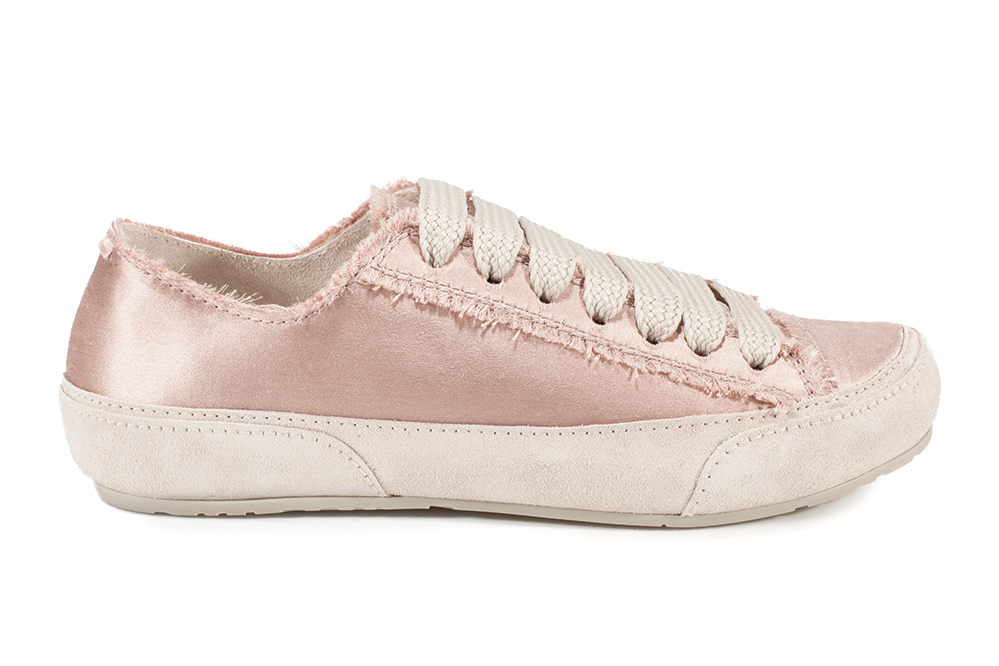
The creative director is constantly looking for new contrasts and unexpected twists that can contribute to a style’s progression and evolution, while incorporating signature models and materials. Take the brand’s Albany style, a ruffled skimmer in frayed silk satin, which this year has its 10th anniversary. It is one of the brand’s most identifiable silhouettes. Garcia has continued to experiment. The outcome is the Adila, a pointy-toed d’Orsay flat version of the Albany, and the Alia, a mule slipper version. “We continue to experiment with them in every collection, making them evolve to achieve new results,” he says.
As heritage and innovation fuse, so too do elements from different worlds. In striving to achieve comfort without sacrificing style, Garcia turned to what he calls a “surprisingly simple solution” that has since become one of the brand’s most renowned styles: a rubber cork foot bed flat sandals which are raised up on a high heel. “Anatomical bottoms on heels are an innovation that we first introduced in raw-edge suede shoes, without a lining or seams, which, for the first time with this kind of shoe, featured Velcro fasteners,” he says. “By combining these three elements – anatomical foot beds, raw edges and Velcro fasteners – we were able to make heels that were edgy and so comfortable that, for many women, they have become go-to shoes for everyday wear. This is something we feel particularly satisfied about.”


